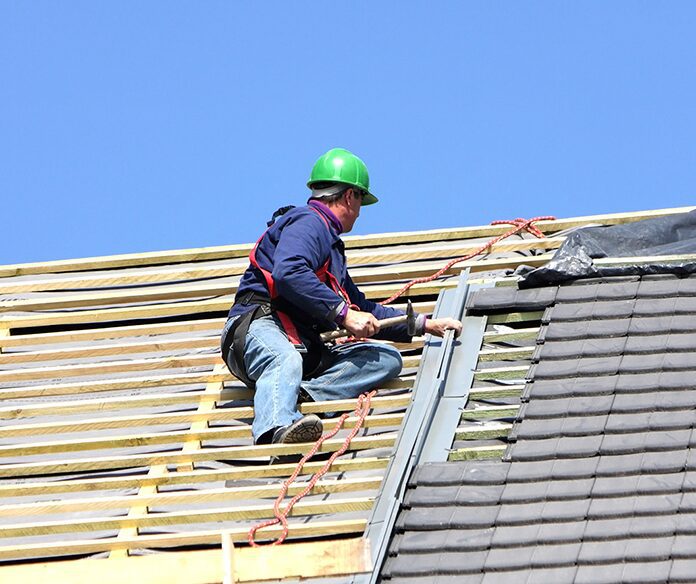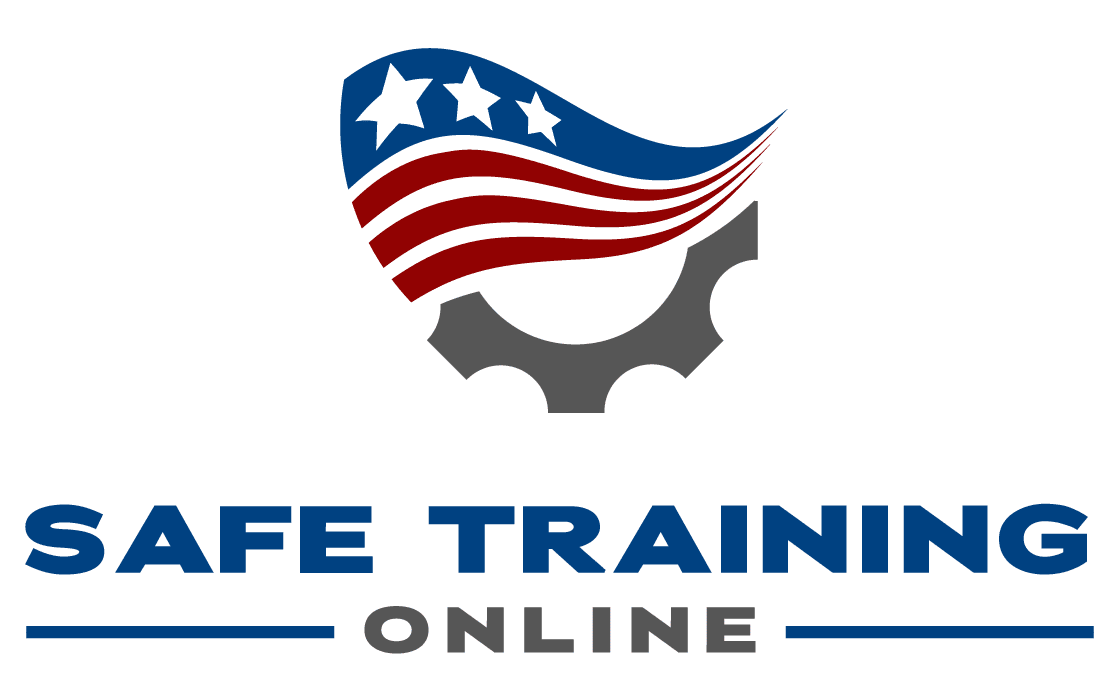Online Fall Protection Training
$99.99USD
This Online Fall Protection Training Course will instruct you on how fall injuries occur, ways to eliminate and prevent hazards, various forms of fall protection, and to ensure understanding of employer protection requirements. The U.S. Bureau of Labor Statistics has indicated slips, trips, and falls account for more than 300,000 nonfatal injuries and 800 fatal work injuries per year. Employers and employees can both work to implement practices that protect workers in all industries.
Online Fall Protection Training
In this Online Fall Protection Training Course, you will learn:
- How Fall Injuries Occur
- Way to Eliminate and Prevent Hazards
- Employer Protection Requirements
- Various Forms of Fall Protection
- Potential Hazards
- Employer Requirements
- What’s New with Fall Protection
- Guardrail Systems
- Ladder Safety Systems
- Safety Net Systems
- Personal Protective Equipment
- Choosing the Right Fall Protection
- Inspecting, Using, and Storing Fall Protection
- Performing Maintenance
- Traffic Control Person
- Train the Trainer Online Certification
- Train the Trainer Aerial Lift
- Tree Trimming Safety
Duration
The online fall protection training certificate takes approximately 2 hours to complete.
Testing
Participants must achieve a mark of 80% or higher to earn their certificate of completion. Those who do not reach the required mark will be allowed to repeat the course two additional times.
Certificate of Completion
Participants who successfully pass OSHA fall protection training will earn a certificate of completion, which they can print out or download for their records.
How Can Employers and Workers Prevent Falls?
Here are 5 simple ways falls can be avoided in the workplace:
- Use fall protection when working at 6 feet or more
- Before starting a job, make a fall prevention plan
- Ensure workers have the right equipment for the job
- Train everyone to use equipment safely
- Inspect your harness, lanyard, and anchor point before each use
Safety Tips for Working at Height
- Use railing
- Select the proper PPE
- Inspect your PPE
- Ensure you understand fall distance equations
- Ensure the selection of acceptable anchor points
- Ensure you select the proper method to work at heights (Scaffold vs. Lift vs. Ladder)
- Use ladders properly
- Know your roofing regulations
- Ensure proper use of lifts
- Ensure you are properly trained to work at height
More Information:
OSHA 1926.501 – Duty to have fall protection
5 Ways to Prevent Workplace Falls – Department of Labor (Video)

Other Courses You May Be Interested in
$37.95 USD
$37.99 USD
$59.95 USD



